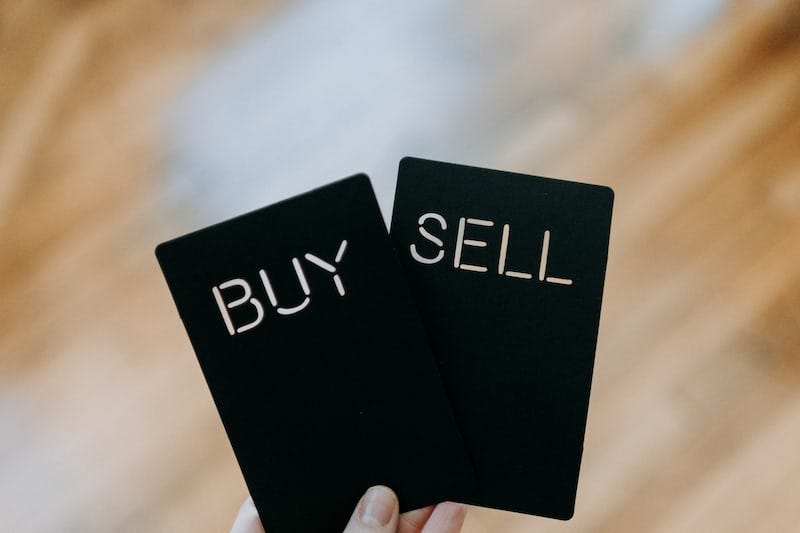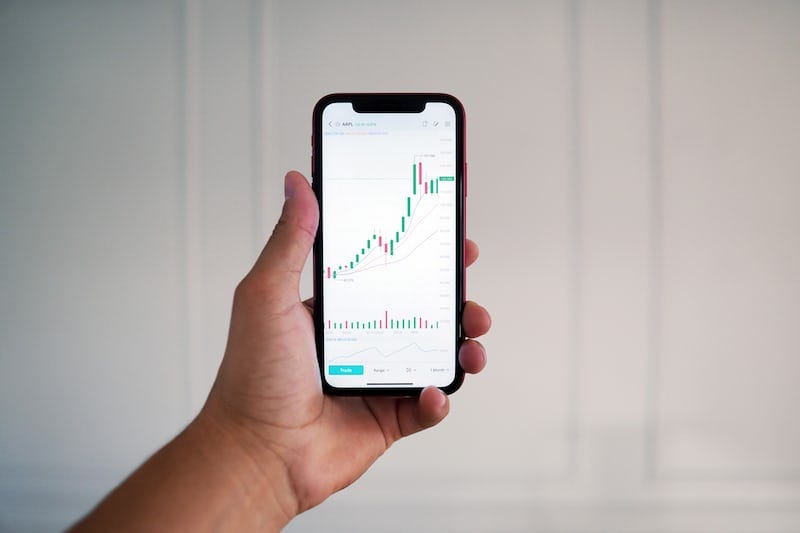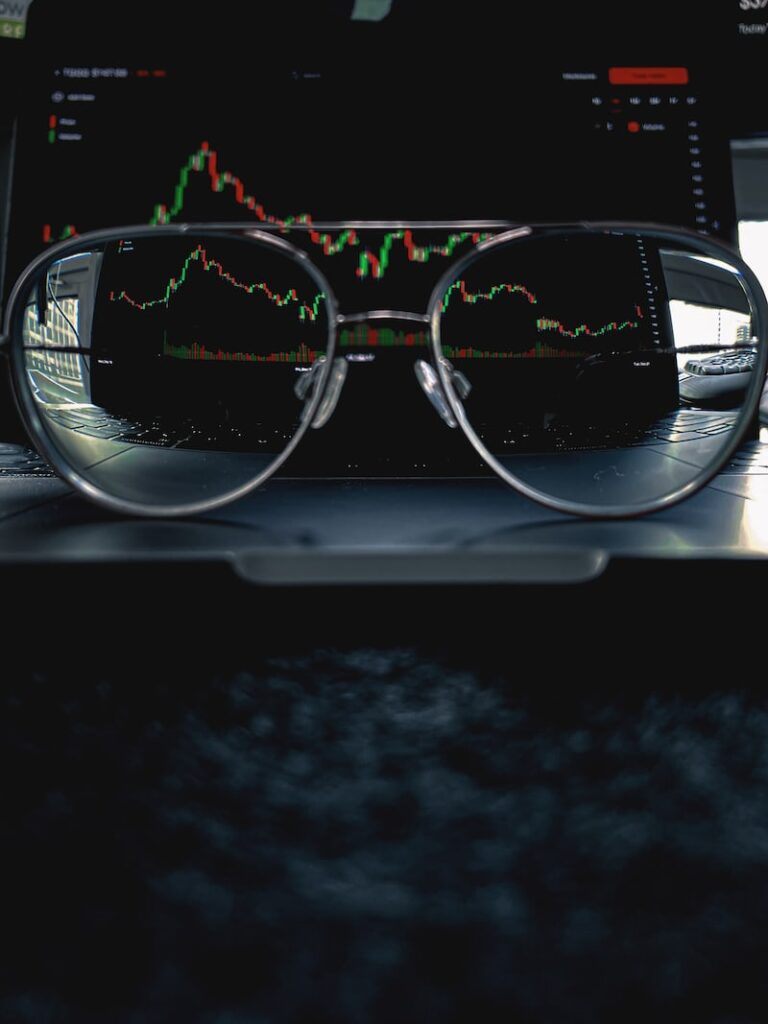Although August’s CPI index went the opposite direction with a gain of 0.1% rather than with an expectation of a drop of 0.1%, at least higher rate hikes now entail there’s more of an incentive to safeguard our assets, earn a stable guaranteed rate of return, and keep our emergency savings better protected to weather any storm.
You can be greedy when others are fearful or the opposite. I choose the ladder and hope you do as well, especially with a stable cash hoard, you will always emerge more resilient in a bear market.
Although no one likes higher mortgage rates, grocery bills, and a sour stock market, there’s still a lot to be excited for even when public markets aren’t working in our favor.
Tapping into alternative investments such as inflationary-proof farmland, real estate, artwork, natural resources, infrastructure, private debt, and even venture capital as a non-accredited investor is more than doable and possible these days for extra passive income and non-correlated appreciable investment returns. No matter if the price of gas is tanking or soaring, farmland rises alongside commodities as a forward-looking indicator since we all need to eat!
Given more than 50% of Americans cannot cover a $1k emergency expense and must tap into debt to pay off an unexpected purchase, democratizing investing outside of public equities is a must and I’m happy to pronounce it is widely available in this day in age!
Plus, if you’re a cashed-up buyer these days, you can even lock in a great bargain now that you are seen as the most credible and attractive buyer during the months of Sept-Dec when sellers are traditionally more desperate and the market isn’t as hot as in the summer months. There’s always a bull market somewhere! It’s looking for the silver linings in life that will get you farther than the herd!
But before dipping into non-correlated assets, if you haven’t hopped on the cash train yet, I would do so earlier than later especially since the Fed’s expected 75 bps hike will be advantageous for your cash and a high-yield savings accounts (money-market funds, CDs, etc.) that may yield you more than what you’re currently earning in equities (~2% vs ~-20%).
Before I discuss the public markets forecast for the rest of September, if you are looking for a whopping 9% guaranteed return, yes guaranteed = rare, I highly recommend I Savings Bonds issued by the U.S. Treasury as the safest form of debt which you can invest up to $10k per person! personally, a 9% guaranteed return is better than a 10% or -40% return any day.

Why September Is Safer Now
Although the change of seasons is a nice reprieve from the mild and sticky weather of NYC summer, it’s not the most ideal time for the market that’s already on shaky ground.
Given the CPI report came in higher than expected, The Fed is expected to hike once again by year’s end by an additional 75 bps (.75) to try to tame inflation back to 2% without inducing a recession. This can be hard to engineer and the Fed doesn’t have the best track record to back it up however with the majority of Fed officials and the Board of Governors as part of the top 10%+ income earners and with their considerable stake in the markets and force in the economy, they are serving our and their interests equally to keep the market in an upbeat trajectory.
There is much speculation around the September effect and how/if it occurs. Similar to the Santa Clause rally that occurs before the market closes around Christmas time, the September effect is also purely driven by emotions, just in the opposite direction this time.
While investors hypothesize the September effect is solely due to temporary seasonal behavioral bias with investors rebalancing their portfolios, some analysts believe it could just be tied to the anticipation of a new quarter as well which starts in October. Another reason that is less tied to emotion and theory and instead based on practical savings reasons is the fact that most mutual funds cash in their holdings to harvest tax losses. You can read about tax-loss harvesting and selling your losses to offset the capital gains taxed on your income here.
Given September is traditionally a shaky month due to the metaphorical change in sentiment caused by seasonal swings, back to school, a pickup in activity for businesses to close out Q4 with a banger and the start of the holiday shopping madness season, there are a lot of forces outside of macro/micro indicators that affect the markets as well that are unprecedented this time.
However, given the market is a complete emotional animal and rollercoaster, that’s expected. As long as the poster child of a reckless CEO such as Adam Neumann isn’t running the show, we’re safe in the long run.
If you want to have the market work for you, not against you and have some success with your winning picks, disassociate your emotions from your actions, hold onto your investments for at least 5 years to not incur short-term capital gains on top of your windfall, and invest passively not actively since historically passive investors beat active managers anyways, even with index funds.
Although the pandemic wiped out all of the market’s losses during its brief correction from Feb-May 2020, 2022 came back to haunt investors as if the bull rally never happened.
As a refresher, as if we really needed one, there were several indicators/events/situations that rattled the market at the start of this year that made it particularly shaky and vulnerable up to now. The majority are unknown and still up in the air in regards to their relief date.
These include:
-Russia/Ukraine invasion
-Supply chain shock since pandemic, shipping containers, PPE, chips, etc.
-Deglobalization
-Climate change
-Job cuts
-China/U.S./Taiwain tensions
-Rampant Inflation = tight labor market, too much demand not enough supply
-Fed’s monetary policy-induced stimulus
-Congress’ fiscal stimulus — stimulus checks, PPE loans
-Energy crisis U.S. + abroad
Not to mention fears of a looming recession on the horizon due to the Fed’s expected hikes to curb demand and alleviate supply are also around.
Luckily if you follow my cash rule of 2–5% of your net worth, you’ll feel better even if the bad news worsens. At least compared to pre-pandemic times, Americans are in better shape financailly than ever before. Except for savings rates… They’ve quickly plummeted as the revenge spending spree continues!
All in all, unemployment is at all-time lows and the labor market is fierce. Let’s see how long this will last before retirees start trickling back, companies halt hiring, and gig economy workers feel lost again.
If you rely on yourself, not a corporation or the Fed, that’s your best bet.

Digging Through Historical Standards
As economists, innovators, leaders, and financial enthusiasts, looking back at history for hidden lessons is a powerful predictor of what may occur in the future however nothing is guaranteed, especially in the world of business.
What’s certain is uncertainty and if we’ve learned anything these past 2 ½ yrs, it’s that history repeats itself in various different ways.
Given markets haven’t rattled this much in a while and a recession happens every 8–10 years, many banks and institutions are speculating the risk of a recession is over 30% nowadays given the heated economy and market needs to cool down now.
Too much of anything, even money is a bad thing.
As they say, mo money, mo problems.
Despite this heightened uncertainty, you should be aware of what you can control which starts with your cash cushion, passive income streams that hopefully haven’t fallen in tandem with the market, and your health and family.
Keeping these priorities at the forefront of your mind will help you ride out any bumps in the market and see the light at the end of the tunnel earlier than later.
After all, with all this volatility and speculation, maybe two negatives equal a positive in this case and September will turn out to be a banner for the history books!
You just never know with the markets so stay vigilant, diversified, and patient! If you’re prepared and follow all the steps above, no bearish sentiment should affect you as much as it could for others living on the edge. Those who block out the noise prevail in the end.
Traditionally, September has been the weakest month for the S&P 500, with an average decline of 0.5% since 1950 while the Dow Jones Industrial Average (DJIA) has averaged a 0.8% September decline over the same period. However, the September effect doesn’t necessarily mean investors can expect losses for the rest of month or into the rest of the year.
As someone brilliantly said, “If you believe you will lose, you’ve already lost.”
Never view your financial journey as a competition or game. Make it a learning lesson to stick it out for the long run and accept the peaks and troughs in the market with a cushion by your side.

